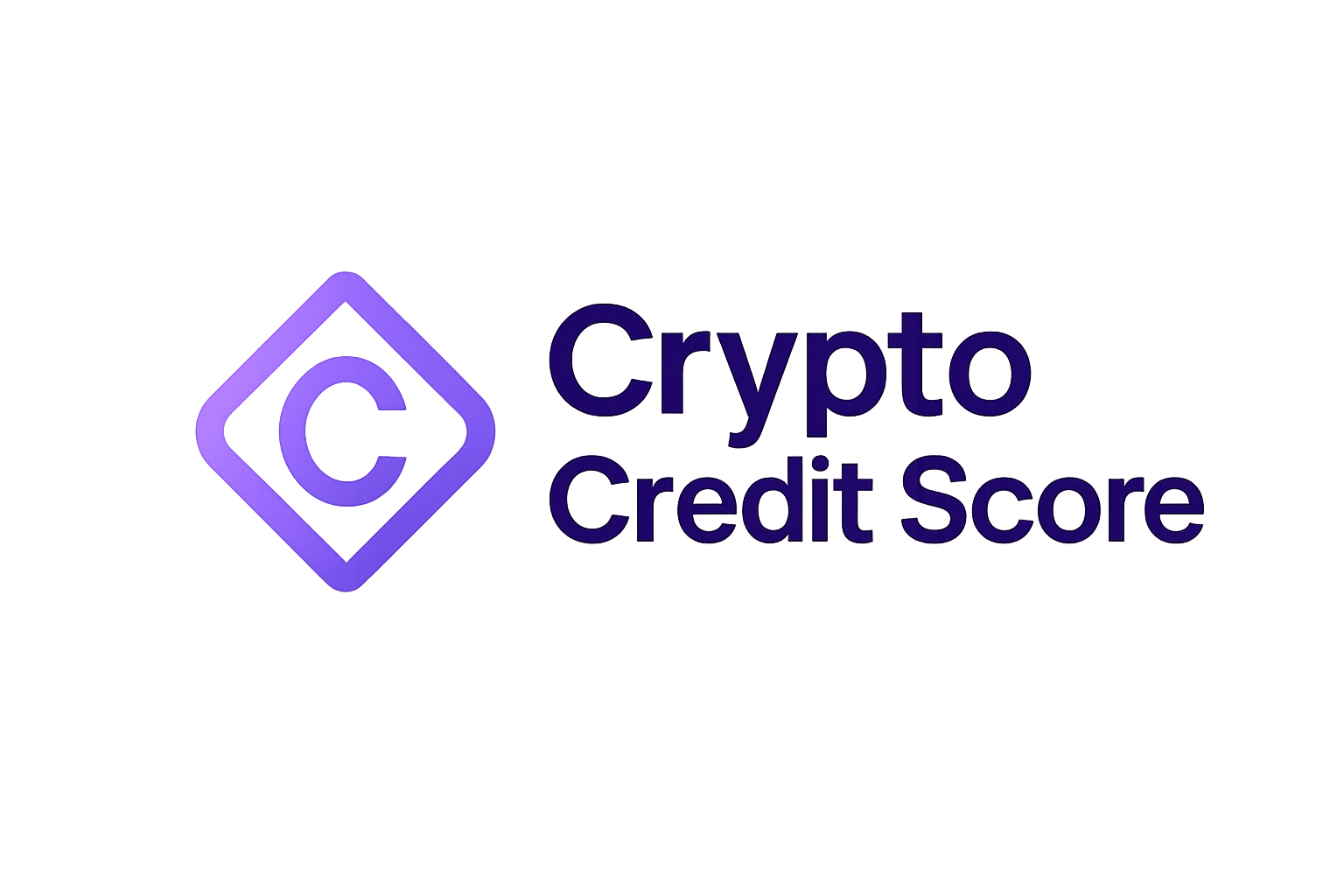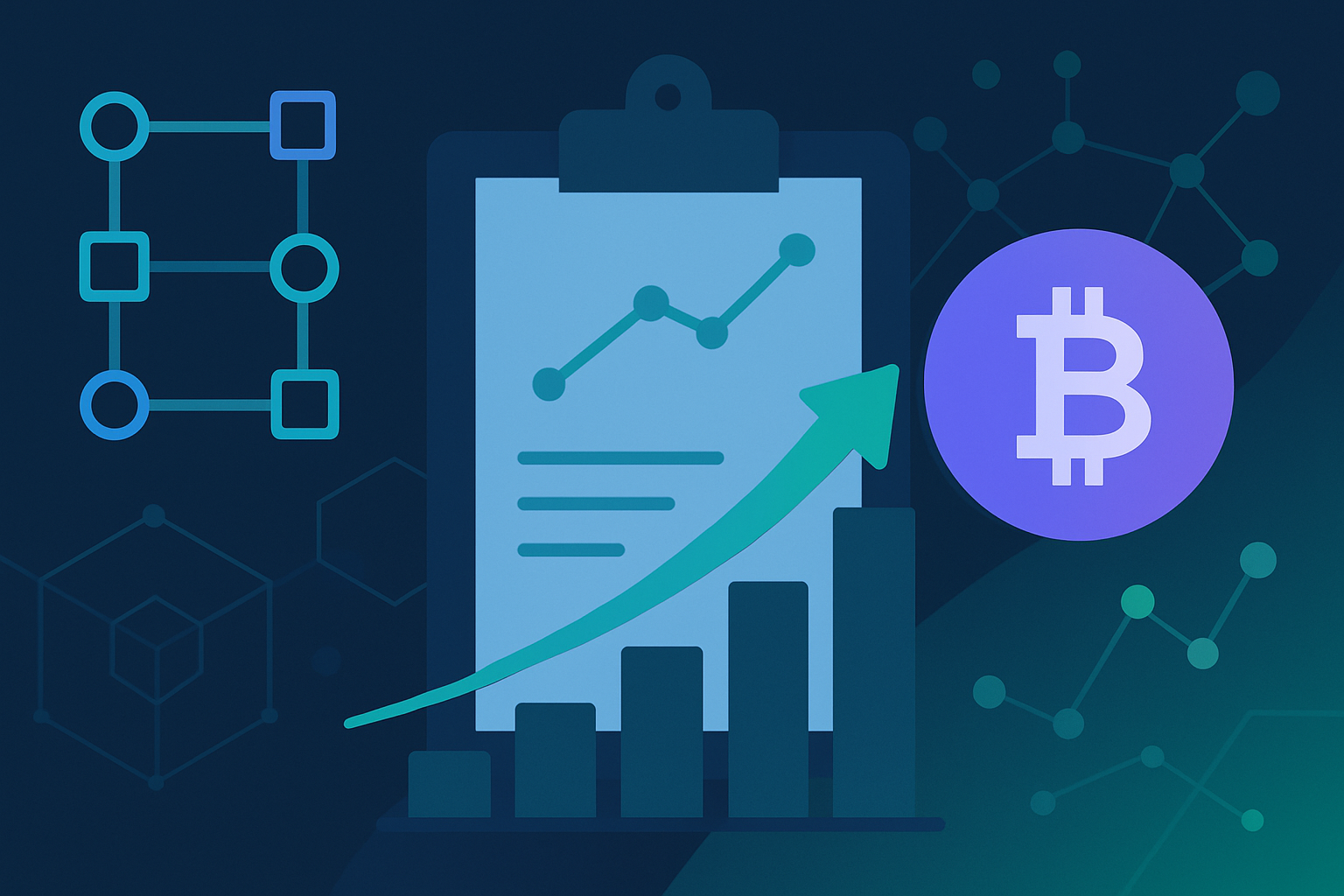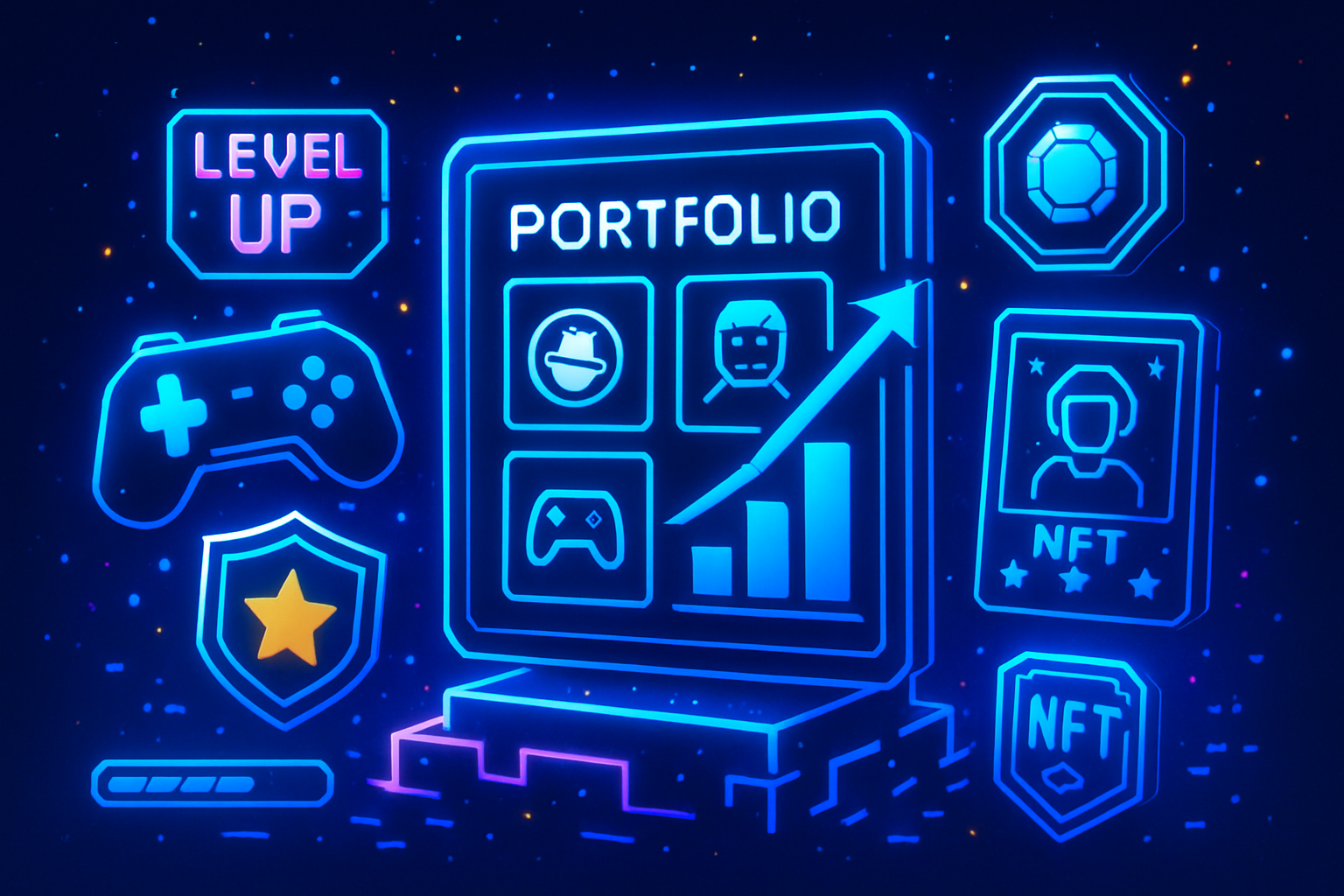
Decentralized finance (DeFi) has long promised open access to capital, yet its lending protocols have historically excluded those without substantial crypto assets. The culprit: overcollateralization. For millions in emerging economies and underserved markets, this requirement creates a high barrier, locking them out of the Web3 financial revolution. Today, on-chain credit scores are dismantling these barriers and ushering in a new era of inclusive lending.

From Overcollateralization to Inclusive Lending
The traditional DeFi model required users to post collateral often exceeding 100% of their loan value. While effective for risk management, it left vast swathes of small businesses and individuals unserved, especially those in regions with limited access to banking infrastructure or crypto wealth. Now, on-chain credit scoring is changing that paradigm.
On-chain credit scores use blockchain data, transaction history, wallet behavior, protocol interactions, to assess a borrower’s creditworthiness. Instead of relying on opaque off-chain records or centralized bureaus, these scores are generated transparently from verifiable on-chain activity. This approach enables undercollateralized loans and even unsecured lending for those with strong digital reputations.
Key Innovators: Credora, Goldfinch, and Creditlink
The last year saw significant advances in decentralized risk scoring:
Top DeFi Projects Using On-Chain Credit Scores
-

Credora: Credora introduced on-chain credit scores in July 2024, enabling real-time credit assessments for DeFi lending. By partnering with platforms like Clearpool and Idle Finance, Credora enhances transparency and efficiency, making undercollateralized lending accessible to underserved markets.
-
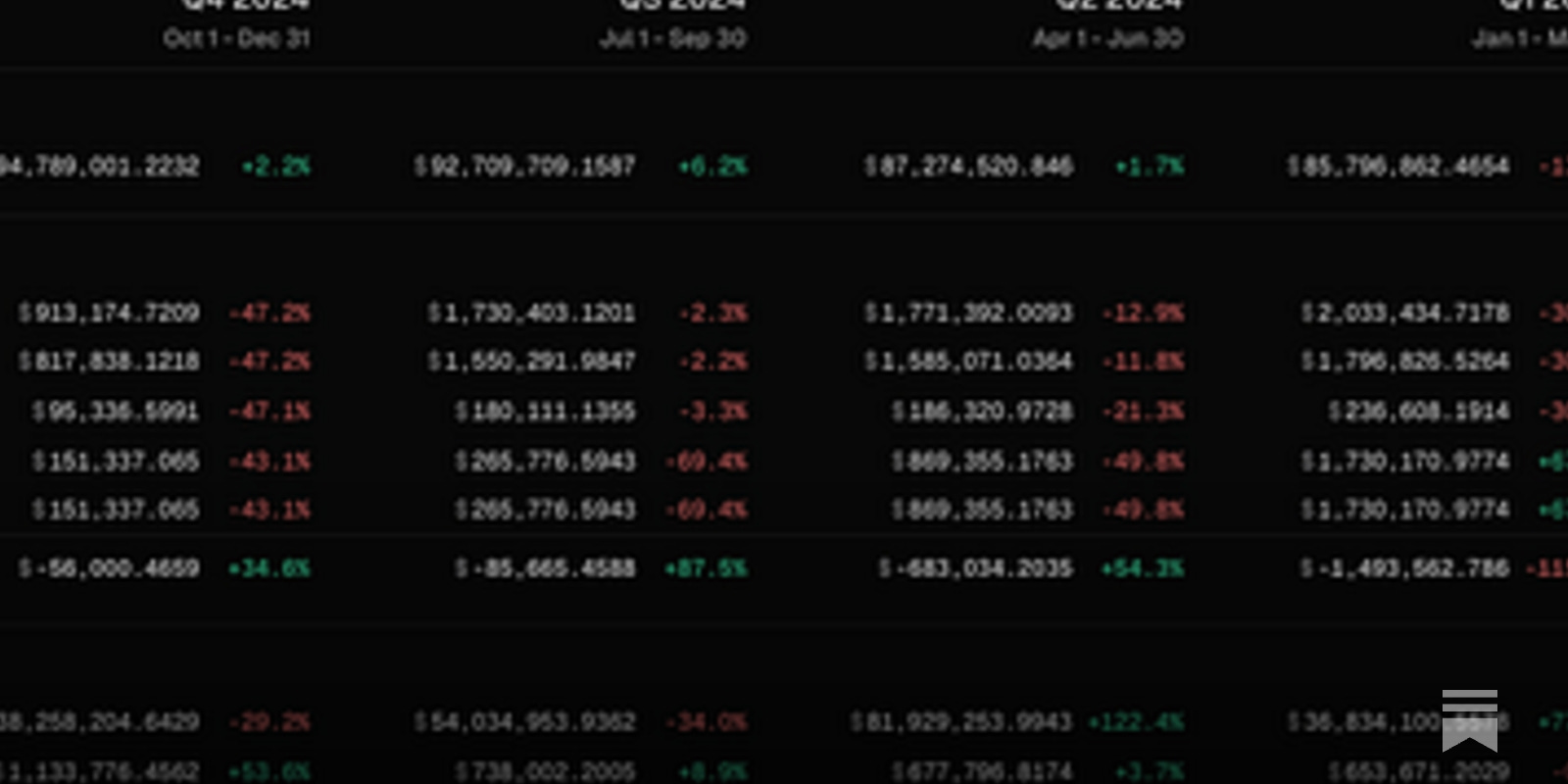
Goldfinch: Goldfinch facilitates undercollateralized loans by combining on-chain activity with off-chain credit assessments. The protocol targets small businesses in emerging markets, providing access to capital for those lacking traditional collateral.
-
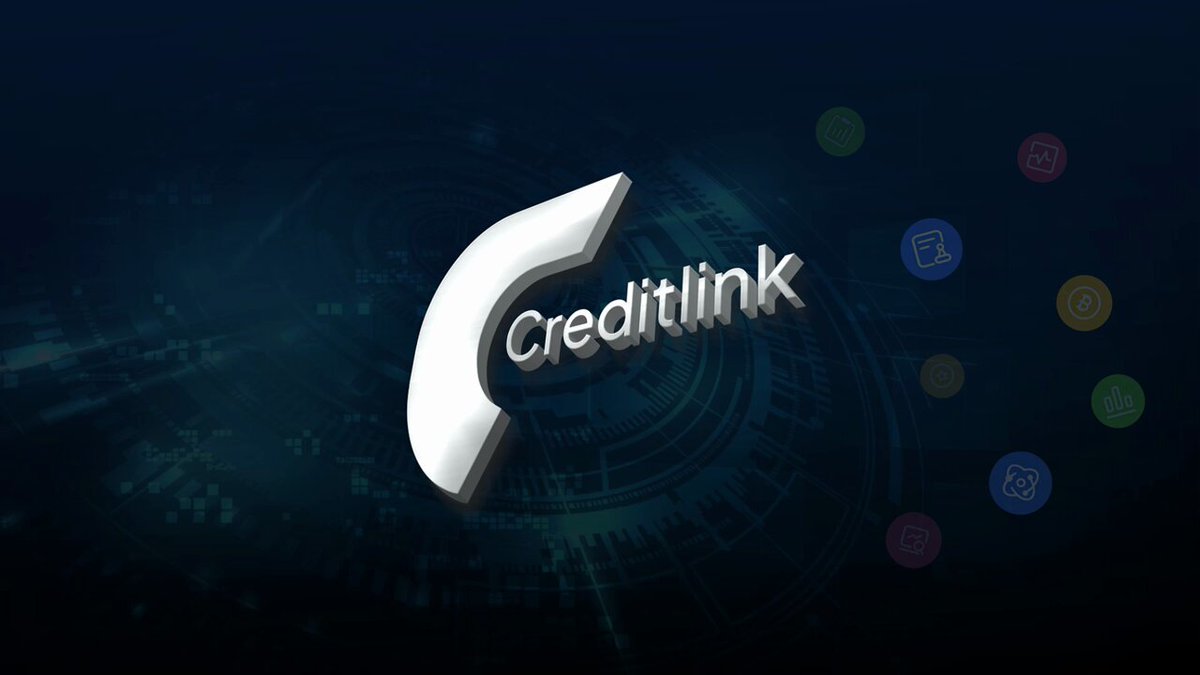
Creditlink: Creditlink leverages decentralized identity and verifiable credentials to generate dynamic on-chain credit scores. Its model adjusts collateral requirements based on user creditworthiness, improving capital efficiency and expanding lending to previously excluded users.
Credora integrated on-chain credit scores across platforms like Clearpool and Idle Finance in July 2024, bringing real-time transparency to borrower risk profiles. Learn how Credora’s model works here.
Goldfinch‘s approach uniquely blends on-chain analytics with off-chain assessments to serve small businesses in emerging markets, entities often ignored by both traditional banks and DeFi protocols. By connecting crypto liquidity providers directly with vetted borrowers abroad, Goldfinch drives capital where it’s most needed.
Creditlink leverages decentralized identity (DID) systems and verifiable credentials to create dynamic borrower profiles. Collateral requirements adjust automatically based on real-time risk scores, a powerful tool for capital efficiency and fair access.
The Mechanics Behind Blockchain Credit Assessment
The core innovation lies in algorithmic analysis of public blockchain data. Protocols like the On-Chain Credit Risk Score (OCCR) assign probabilistic measures to each user based on:
- Repayment history across DeFi platforms
- Diversity and frequency of wallet interactions
- Participation in liquidity pools or DAOs
- Lending/borrowing ratios over time
- On-chain identity reputation signals
This data-driven approach eliminates much of the subjectivity found in legacy financial systems while preserving privacy through cryptographic proofs and zero-knowledge protocols.
Paving the Way for DeFi Lending in Underserved Markets
The impact is profound: borrowers previously excluded from global capital markets can now access loans tailored to their actual risk profile, not just their asset holdings. In Africa, Southeast Asia, and Latin America, where formal credit histories are rare but mobile/Web3 adoption is surging, this model can unlock unprecedented economic growth.
Lenders benefit too: transparent risk metrics help optimize returns while managing default rates at scale. According to recent research (see our analysis here), integrating decentralized risk scoring reduces both systemic fragility and information asymmetry across lending pools.
Despite these promising advances, the road to widespread adoption of on-chain credit scores in DeFi lending for underserved markets is not without obstacles. Data privacy stands out as a critical concern. While blockchain transparency is a feature, it also raises questions about how much personal financial behavior should be visible on-chain. Protocols are actively exploring zero-knowledge proofs and selective disclosure mechanisms to balance transparency with user confidentiality.
Another challenge is the lack of standardized methodologies for calculating blockchain credit assessment scores. With each protocol using its own risk models and data sources, interoperability and comparability remain limited. Industry efforts are underway to develop open standards that can unify decentralized risk scoring approaches, making it easier for borrowers to port their reputation across platforms and for lenders to benchmark risk on a level playing field.
Integrating off-chain data adds another layer of complexity but also opportunity. Projects like Goldfinch are experimenting with hybrid models, combining on-chain analytics with traditional business documentation or local reputation systems, to build more holistic credit profiles, especially for small businesses (SMEs) that lack digital transaction history but have strong community trust.
The Future: Expanding Financial Inclusion Through Web3 Credit
The ultimate promise of decentralized risk scoring is its ability to drive meaningful financial inclusion at scale. By leveraging decentralized identity, real-time analytics, and cryptographically secure data sharing, DeFi protocols can unlock capital for entrepreneurs and individuals in regions where banks either cannot or will not lend. This isn’t just theoretical, case studies from Latin America and Sub-Saharan Africa already show micro-enterprises accessing working capital via undercollateralized loans powered by on-chain credit scores.
Essential Benefits of On-Chain Credit Scores in DeFi Lending
-
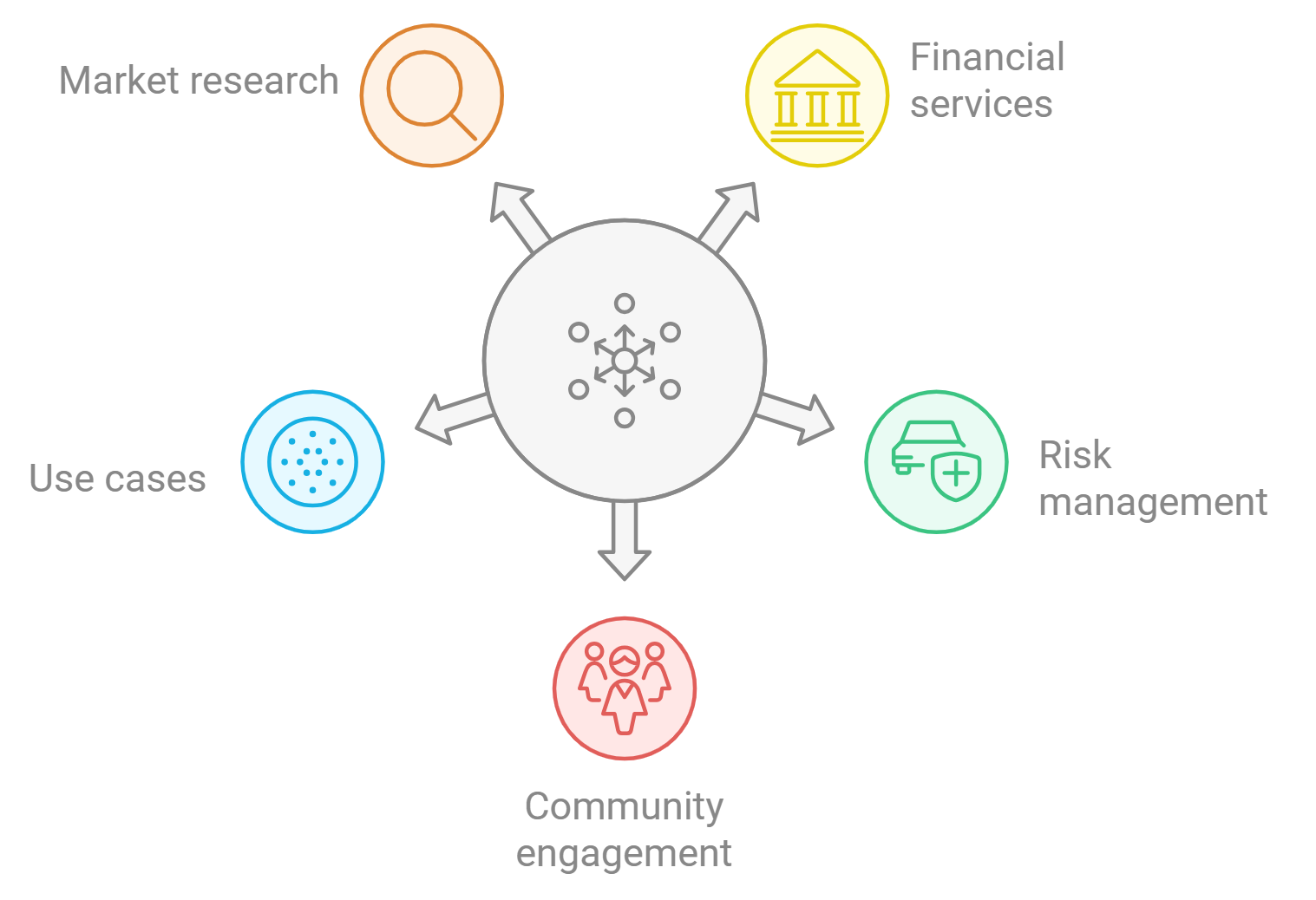
Increased Financial Inclusion: On-chain credit scores enable undercollateralized loans, granting access to DeFi lending for individuals and small businesses in underserved markets who lack substantial crypto assets or traditional credit histories.
-
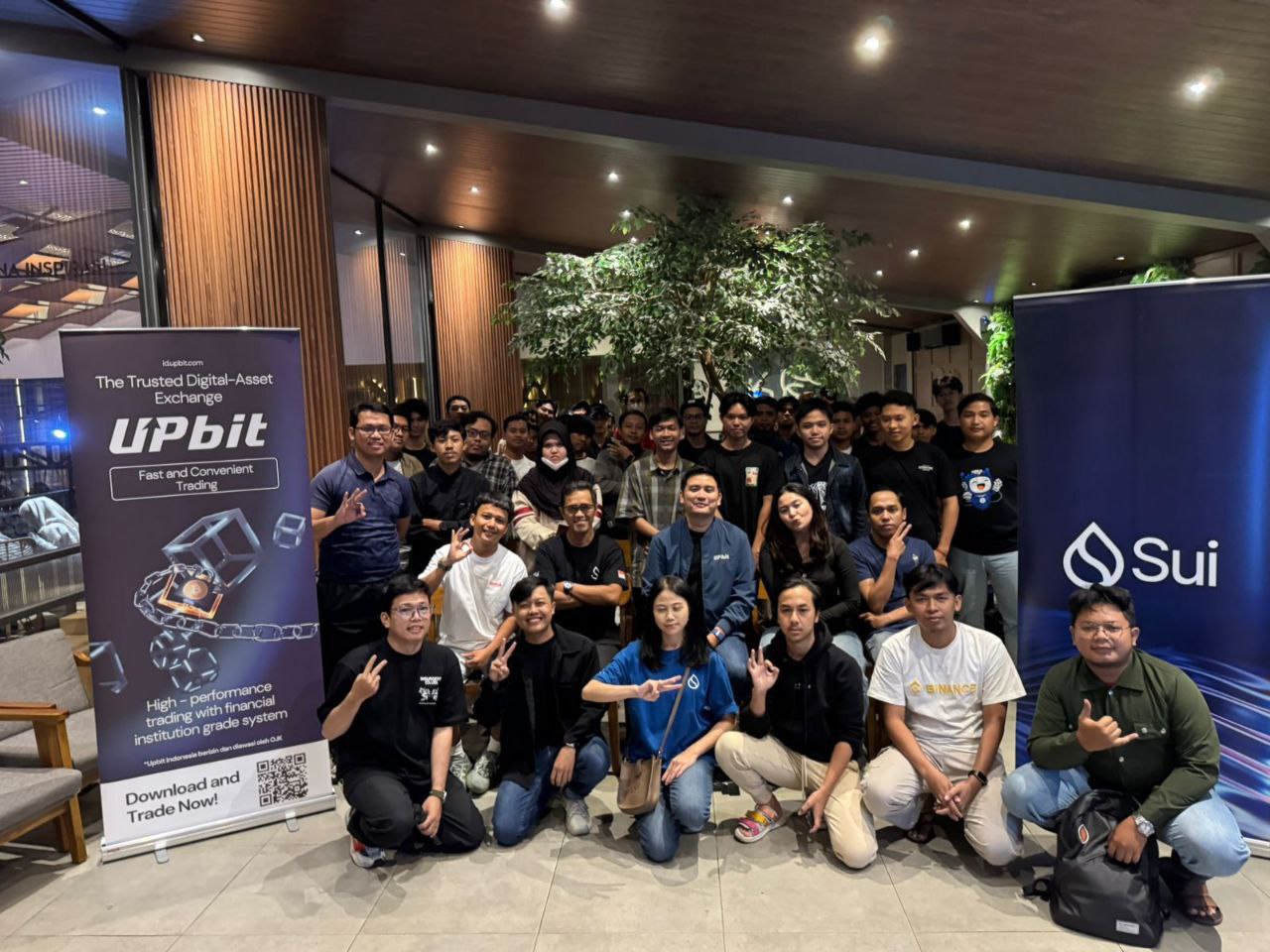
Enhanced Capital Efficiency: Platforms like Creditlink use dynamic on-chain credit scores to adjust collateral requirements, allowing borrowers to secure loans with less collateral and making capital allocation more efficient.
-

Transparent and Data-Driven Risk Assessment: Solutions such as Credora provide real-time, on-chain credit scores, increasing transparency and enabling lenders to assess borrower risk based on verifiable blockchain activity.
-

Support for Emerging Market Businesses: Platforms like Goldfinch combine on-chain and off-chain credit assessments to facilitate undercollateralized loans, directly supporting small businesses in emerging economies.
-

Reduced Reliance on Traditional Credit Systems: On-chain credit scoring leverages blockchain transaction data, enabling credit assessment without the need for centralized credit bureaus, which are often inaccessible in underserved regions.
Lenders benefit from improved risk management tools and access to new borrower segments, while borrowers gain agency over their own financial reputation, often for the first time. As protocols like Credora, Goldfinch, and Creditlink continue iterating on their models, expect rapid evolution in how capital flows into emerging markets.
For those building or using DeFi lending platforms, staying informed about best practices in decentralized risk scoring is crucial. Explore more about the mechanics and risks at this resource.
Key Takeaways
- On-chain credit scores enable undercollateralized loans by quantifying borrower risk through transparent blockchain activity.
- This model expands DeFi access to SMEs and individuals excluded from traditional finance due to lack of collateral or formal credit history.
- Main challenges include privacy protection, standardization of risk metrics, and integrating off-chain data without sacrificing decentralization.
- The next wave of DeFi lending innovation will be driven by collaboration between protocol developers, local partners in emerging markets, and the broader Web3 community.
The momentum behind decentralized risk scoring is only accelerating as more stakeholders recognize its potential as a catalyst for equitable economic growth, especially across underserved markets where traditional banking has failed to deliver inclusive solutions. For those ready to participate in this transformation, now is the time to engage with transparent tools that put users at the center of the financial system.
